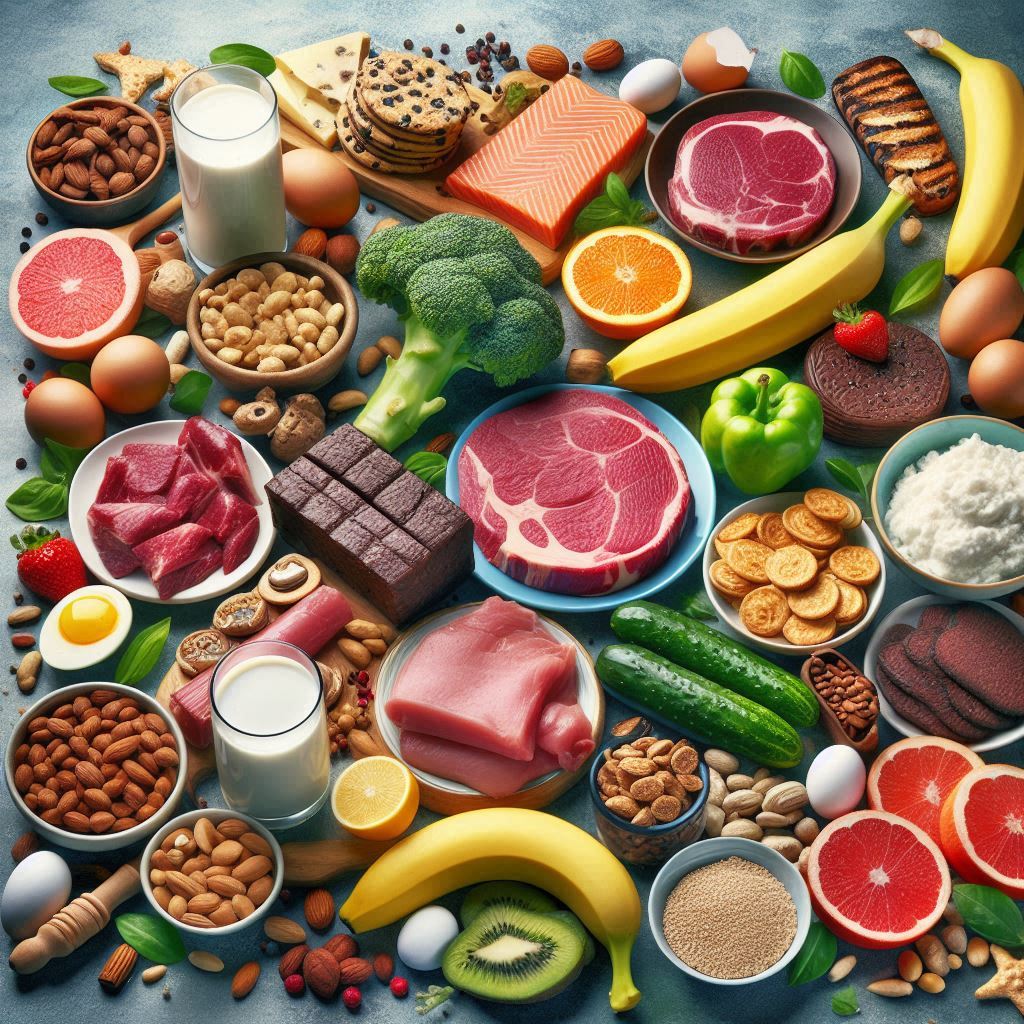15 Lebensmittel mit mehr Protein als ein Ei, um Ihre Mahlzeiten aufzupeppen
Tofu
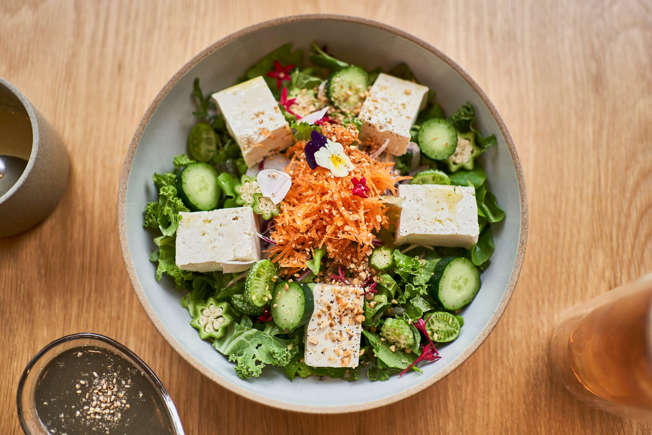
Made from soybeans, tofu is a complete plant-based protein that delivers 21.8 grams of protein in a half-cup serving. “Extra firm and firm tofu are great for stir fries and when you want the tofu to maintain its shape,” says Amidor. “Soft tofu can be battered and sauteed or pureed while silken tofu can be used in smoothies, blended and in sauces.”
Haben Sie Reste, die Sie in zukünftigen Tofu-Rezepten verwenden werden? Tofu lässt sich bis zu fünf Monate gut einfrieren. Einfach im Kühlschrank auftauen und die überschüssige Flüssigkeit abtropfen lassen, wenn Sie gebrauchsfertig sind
Schwarze Bohnen
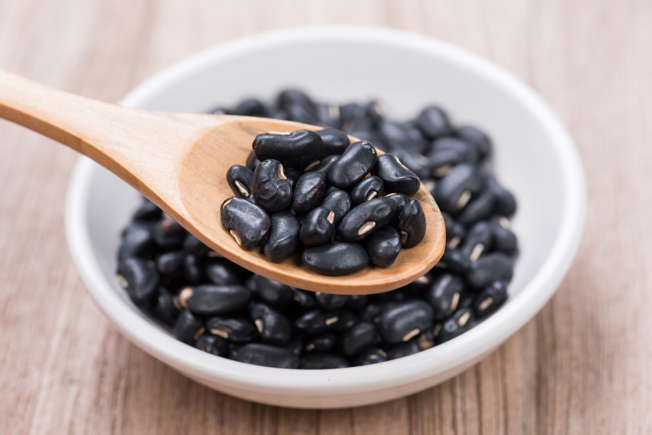
Schwarze Bohnen in Dosen ohne Natriumzusatz sind eine großartige lagerstabile Möglichkeit, Ihr Protein aufzupumpen und gleichzeitig Ihr Eisen und Ihre Ballaststoffe zu steigern – sie halten sich ungeöffnet zwei bis fünf Jahre. Eine halbe Tasse Portion ergibt 6,99 Gramm Protein und ist eine schöne Ergänzung zu Chili, gemischt mit Reis oder über einen Salat geworfen. Sie können auch diese Rezepte konsultieren, die mit einer Dose schwarzer Bohnen beginnen, wenn Sie ein paar Dosen verbrauchen müssen. Sie können keine natriumarmen Optionen finden? Amidor sagt, dass das Spülen der Bohnen den Natriumgehalt um bis zu 40 % reduzieren kann.
Erdnussbutter
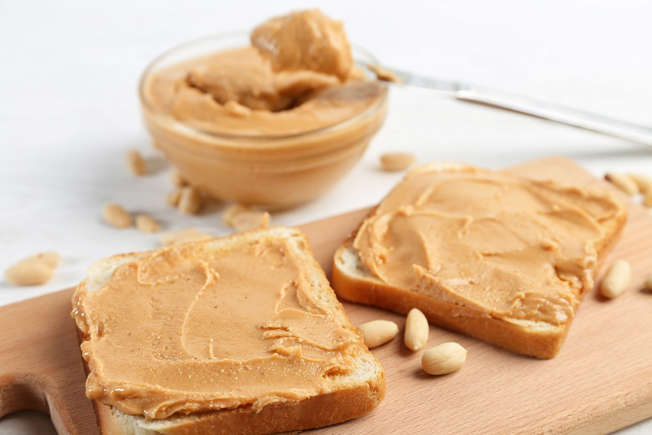
Wer liebt nicht ein altmodisches Erdnussbutter-Gelee-Sandwich? In Kombination mit Vollkornbrot ist dies eine komplette Mahlzeit, die 8 Gramm Protein liefert – und es spielt keine Rolle, ob Sie sich für knusprig oder glatt entscheiden. Außerdem erhalten Sie etwa 20 % Ihrer empfohlenen Tagesmenge an Niacin, 8 % Ihrer täglichen Ballaststoffe und 10 % Ihres täglichen Vitamin E in nur zwei Esslöffeln.
Ein offenes Glas Erdnussbutter kann bis zu drei Monate in der Speisekammer aufbewahrt werden, sagt Amidor, dann sollte es weitere 3-4 Monate im Kühlschrank aufbewahrt werden. Oder folgen Sie diesen Möglichkeiten, um ein Glas Erdnussbutter schneller aufzubrauchen.
Lachs

Fresh, frozen or canned, salmon is a protein powerhouse, with almost 19 grams per 3 ounces. “Whether you choose farmed or wild, it is up to you,” “If affordability is a factor, choose the cheaper one as you will still get all the nutrition, including heart-healthy omega-3 fats, which most folks don’t get enough of.” The Food and Drug Administration’s (FDA) Dietary Guidelines for Americans recommend at least 8 ounces of seafood per week based on a 2,000-calorie diet, and salmon is one of the “best choices” when it comes to limiting mercury.
Quinoa
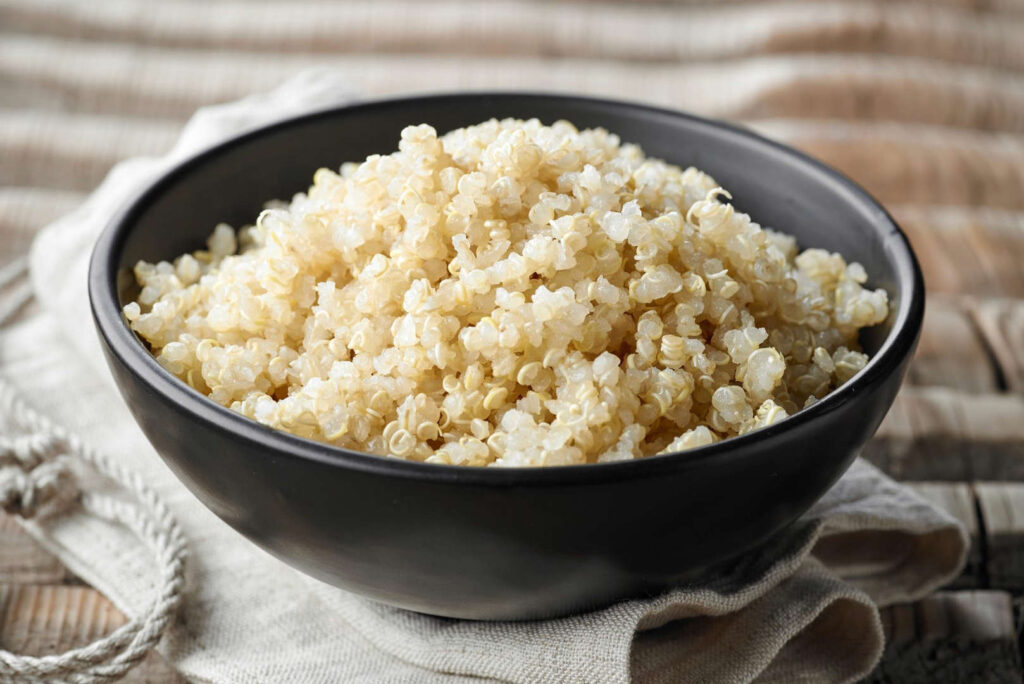
This seed is categorized as a whole grain, and aside from boasting 8.14 grams of protein in a cooked cup, it also provides manganese, phosphorus, magnesium, folate and thiamin. “Look for pre-rinsed quinoa, as the seed naturally has a bitter outer covering, which is washed off when rinsed,” says Amidor, noting that the white, red, black and rainbow varieties all have a similar taste and nutrition content.
Hüttenkäse
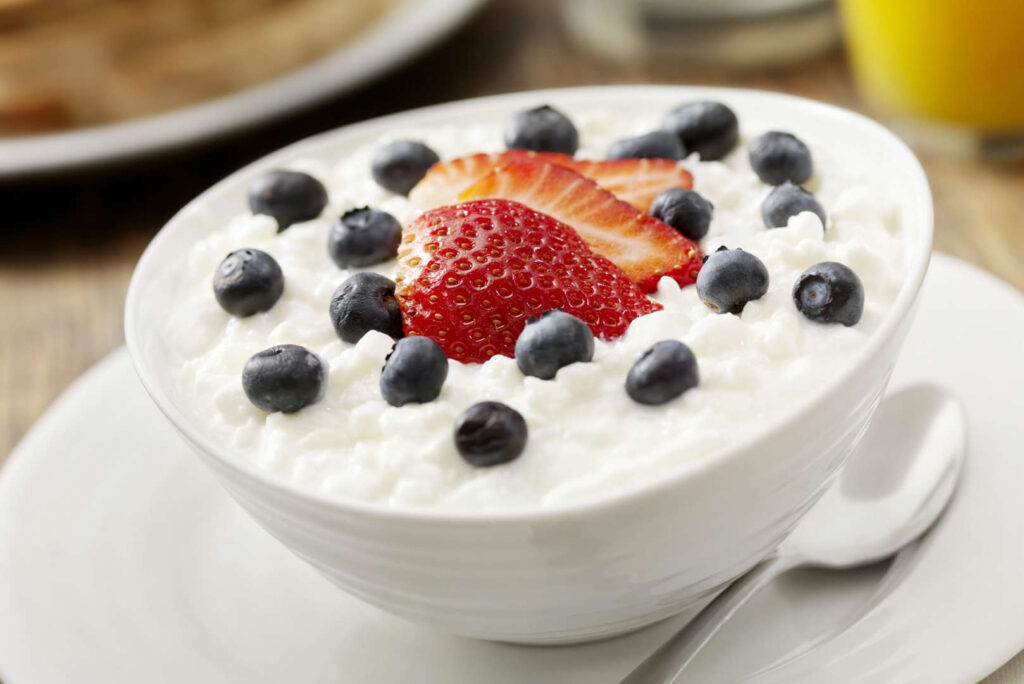
Cottage cheese packs 11 grams of protein into a one-cup serving, but the health benefits don’t stop there. “It also provides calcium, numerous B vitamins, selenium, iodine and phosphorous,” says Amidor. “Enjoy it topped with fruit and nuts as a snack or meal, and use blended cottage cheese in smoothies and dips.” Cottage cheese pancakes, anyone?
Griechischer Joghurt
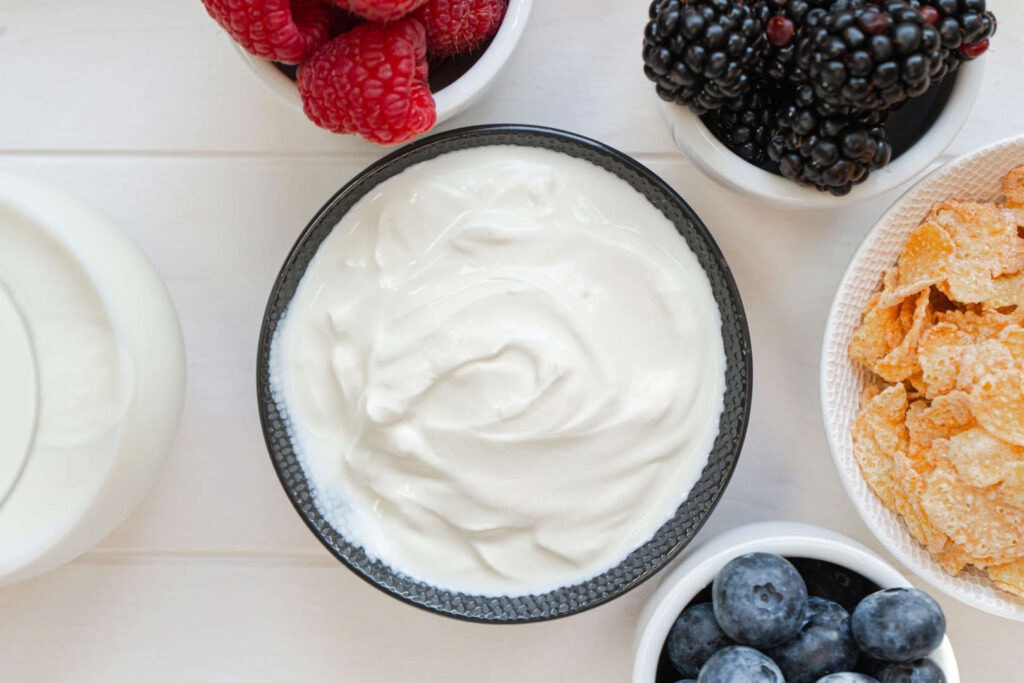
Hop off the regular yogurt train because the health benefits of Greek yogurt are unmatched—7 ounces of lowfat plain Greek yogurt contains 19.9 grams of protein. For those who consider dairy your foe, you may be able to tolerate Greek yogurt. “Due to the live, active cultures, some folks with lactose intolerance find Greek yogurt easier to digest, plus it has a lower lactose level compared to other dairy foods like milk,”. Greek yogurt is an easy replacement for mayo in many recipes and also works as a decadent dessert or stuffed in French toast.
Huhn
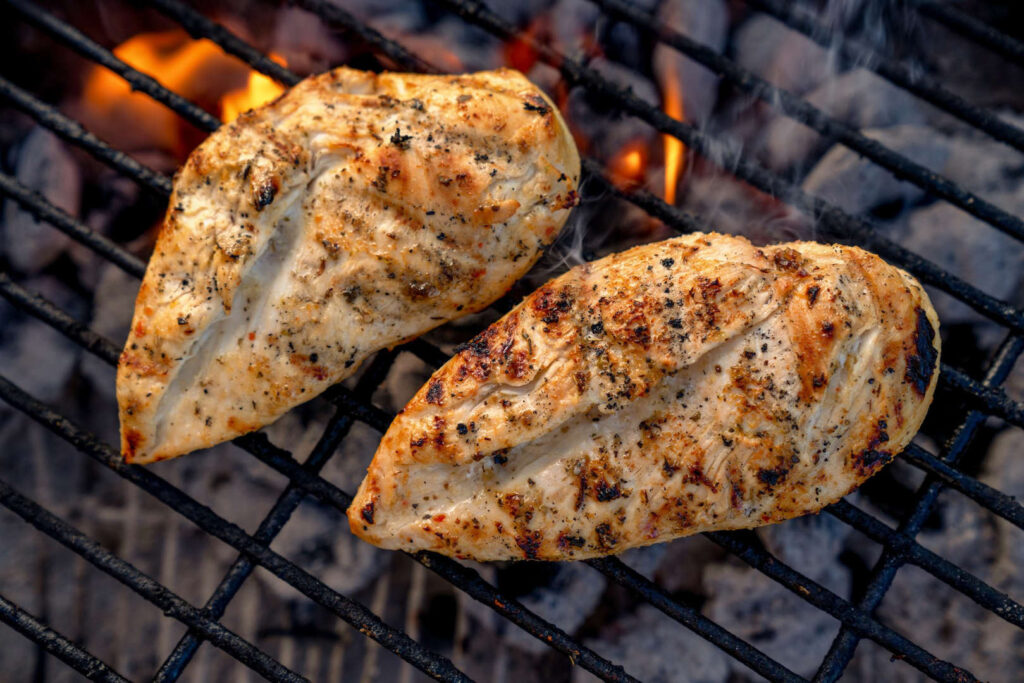
Depending on which part of the chicken you’re eating (breast or thigh), 3 ounces of chicken contains between 20 and 26 grams of protein. “While many people reach for the breast because it’s leaner and a little higher in protein than the thigh, thighs can also fit into a healthy diet and tend to be more flavorful,”. “Chicken thighs also offer more iron than breasts, which can be helpful to meet your iron needs.”
Turkei

Similarly to chicken, turkey protein varies between 22 and 26 grams of protein for 3 ounces, depending on the cut—white meat will have slightly more protein than dark meat. “I always encourage people to choose the cut they enjoy most because the difference in fat isn’t going to make a significant difference in your health,”.
Edamame

Edamame, or soybeans in the pod, is a solid source of plant-based protein with 9 grams per half-cup. It’s also a good source of fiber, calcium, iron, magnesium and folate. “Edamame is also known for having soy isoflavones, which may be particularly beneficial for peri- and postmenopausal women, as isoflavones are linked to fewer menopause symptoms, increased bone density and lower rates of breast cancer,”.
Tempeh

Tempeh, das aus fermentierten Sojabohnen hergestellt wird, bietet nicht nur 15 Gramm pflanzliches Protein pro 3-Unzen-Portion, sondern ist auch vollgepackt mit Ballaststoffen, Eisen, Kalzium und Ballaststoffen. Wie andere fermentierte Lebensmittel enthält es einige Probiotika, die may support gut health. Hier sind mindestens fünf Möglichkeiten, Tempeh zuzubereiten, damit Sie es in Ihre Zusammenfassungen zum Mittag- und Abendessen integrieren können.
Kichererbsen

Zusätzlich zu den 7 Gramm Protein pro halber Tasse enthalten Kichererbsen auch 6 Gramm bauchfüllende Ballaststoffe. Sie sind mit Vitaminen und Mineralstoffen gefüllt, darunter B-Vitamine, Eisen, Zink und Magnesium. Wenn Sie Kichererbsen in Dosen kaufen, empfiehlt Anzlovar, natriumarme oder salzfreie Optionen zu wählen. Wenn Sie diese nicht finden können, reduziert das Spülen den Natriumgehalt.
Thunfisch

Canned tuna is an easy and inexpensive way to add protein to your diet. Just 3 ounces (a little more than half a can) contains 21 grams of protein. “It’s also a good source of omega-3 fatty acids, which offer tons of health benefits from supporting your heart to your brain,” says Anzlovar. “Canned tuna in olive oil can offer additional healthy fats and tends to be more flavorful and a little less dry than tuna packed in water.” One word of caution: Tuna is a higher-mercury fish listed under “good choices” by the FDA, so only eat this once a week.
Hanfsamen

Diese kleinen Samen der Hanfpflanze mögen winzig sein, aber sie bieten große Vorteile. Drei Esslöffel Hanfsamen enthalten 10 Gramm Protein, 20% Ihres täglichen Eisenbedarfs und mehrere B-Vitamine (einschließlich Folsäure). Anzlovar sagt, dass sie eine großartige Möglichkeit sind, pflanzliche Omega-3-Fettsäuren zu konsumieren, was für Menschen, die keinen Fisch essen, hilfreich sein kann. Kein Wunder, dass sie eine einfache Möglichkeit sind, Smoothies mit Protein zu versehen.
Linsen
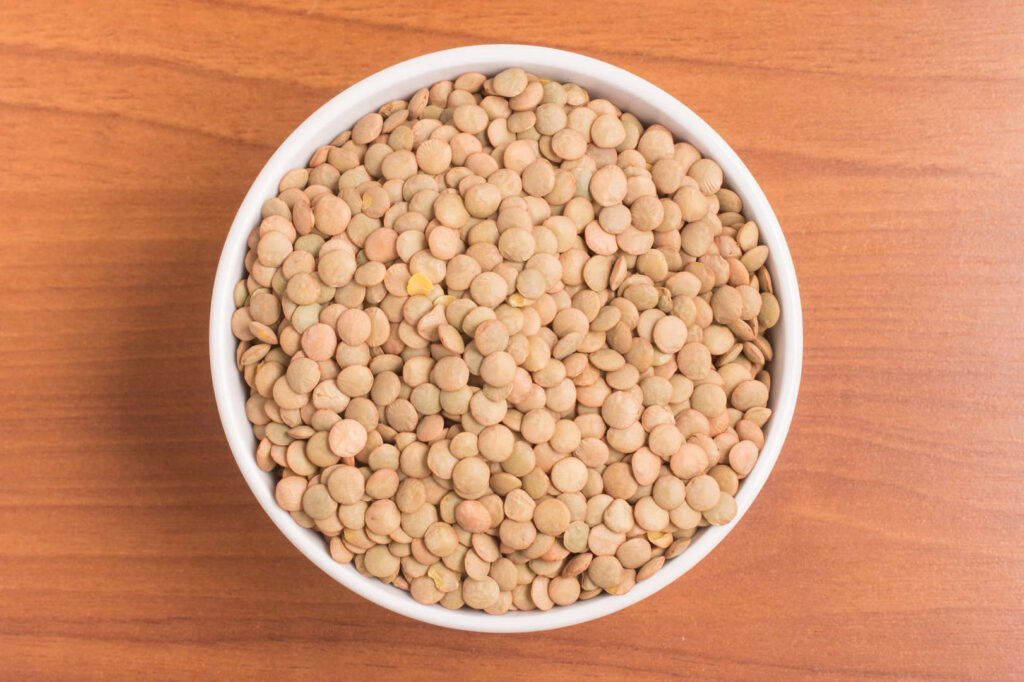
All lentils (black, green or red) pack in around 9 grams of protein and 8 grams of fiber per half cup, along with several vitamins and minerals. “They’re one of the best sources of plant-based iron, with over 30% of your daily needs,” says Anzlovar. If lentils are a little unfamiliar, start with one of these lentil recipes or whip up a batch of vegan lentil soup in just 30 minutes.
